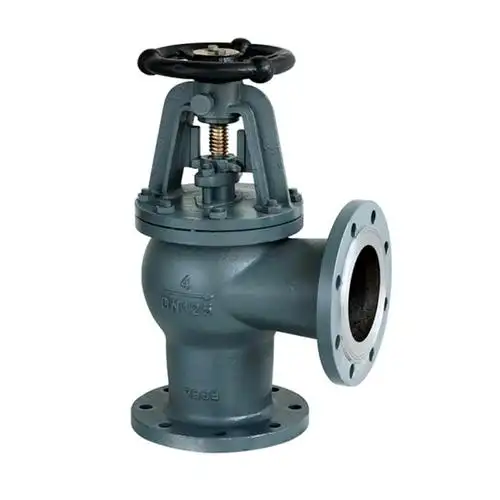|
Marine Valves: Engineering Excellence in Maritime SystemsMarine valves are critical components in the maritime industry, designed to regulate the flow, pressure, and direction of fluids within ship systems. These valves operate under extreme conditions—saltwater corrosion, high pressure, and fluctuating temperatures—making them essential for the safety, efficiency, and compliance of vessels ranging from small yachts to massive offshore platforms. This article explores their types, applications, material innovations, and the evolving trends shaping their future. Types and Functions of Marine Valves Marine valves are categorized based on their design, operational requirements, and compatibility with specific ship systems. Key types include: Gate Valves Function: Isolate fluid flow in large-diameter pipelines with minimal resistance. Applications: Ballast water systems, seawater intake, and fuel lines. Globe Valves Function: Regulate flow precisely by adjusting a disc against a seat. Applications: Cooling systems and fuel oil transfer lines requiring frequent adjustments. Ball Valves Function: Provide rapid shut-off with a rotating ball mechanism for tight sealing. Applications: High-pressure systems like hydraulic circuits and emergency shutdowns. Butterfly Valves Function: Control flow using a rotating disc, offering compact and lightweight designs. Applications: Ventilation systems, seawater discharge, and desalination plants. Check Valves Function: Prevent backflow to ensure unidirectional fluid movement. Applications: Fuel lines, bilge systems, and fire protection networks. Quick-Closing Valves Function: Automatically shut off flow during emergencies (e.g., fuel leaks). Applications: Diesel engine fuel systems and high-risk areas. Specialized Valves Throttling Valves: Regulate steam or gas flow in boiler systems. Expansion Valves: Control refrigerant flow in cooling and refrigeration units. Safety Valves: Release excess pressure in boilers, compressors, and tanks. Key Applications in Maritime Systems Marine valves are integral to critical ship systems:
Cooling Systems: Manage seawater circulation to maintain engine and machinery temperatures. Ballast Water Management: Control water intake and discharge to stabilize vessel balance and comply with the IMO Ballast Water Management Convention. Fire Protection: Direct water flow in firefighting systems, including deck hoses and fixed extinguishers. Seawater Intake and Desalination: Facilitate water supply for onboard consumption and industrial use. Fuel and Lubrication Systems: Ensure precise delivery of fuels and lubricants to engines. Refrigeration and Air Conditioning: Regulate refrigerant flow in cold storage and climate control systems. Material Selection for Corrosion Resistance Marine valves must withstand harsh environments. Common materials include: Metals: Bronze, stainless steel (316L), and duplex steel for durability. Non-Metals: PTFE (Teflon) and EPDM seals for low friction and chemical resistance. Coatings: Epoxy or nickel plating to combat saltwater corrosion and biofouling. Innovations and Emerging Trends Recent advancements highlight the integration of smart technologies and sustainability: Smart Controllers: IoT-enabled systems enable real-time monitoring and remote operation, improving maintenance efficiency. 3D Printing: Customized valve components with reduced lead times and material waste. Energy Efficiency: Low-power actuators and biodegradable polymers support green shipping initiatives. Patented Designs: For example, multi-functional metering valves with integrated check mechanisms to prevent reverse flow in water systems. Challenges and Future Outlook Despite their importance, marine valves face challenges such as: Biofouling and Cavitation: Fouling by marine organisms and erosion from high-velocity fluids. Maintenance in Remote Locations: Limited access to spare parts and skilled technicians during long voyages. Future trends include: Automation: AI-driven actuators for predictive maintenance and adaptive flow control. Sustainability: Development of valves using recycled materials and energy-efficient designs. Regulatory Compliance: Adapting to stricter environmental standards, such as the IMO’s 2025 Greenhouse Gas Reduction Targets. Conclusion Marine valves are the backbone of maritime engineering, ensuring the safe and efficient operation of vessels in diverse conditions. From traditional bronze gate valves to cutting-edge smart systems, their evolution reflects the industry’s commitment to innovation and sustainability. As global shipping demands grow and environmental regulations tighten, marine valves will remain pivotal in shaping the future of maritime technology. |

